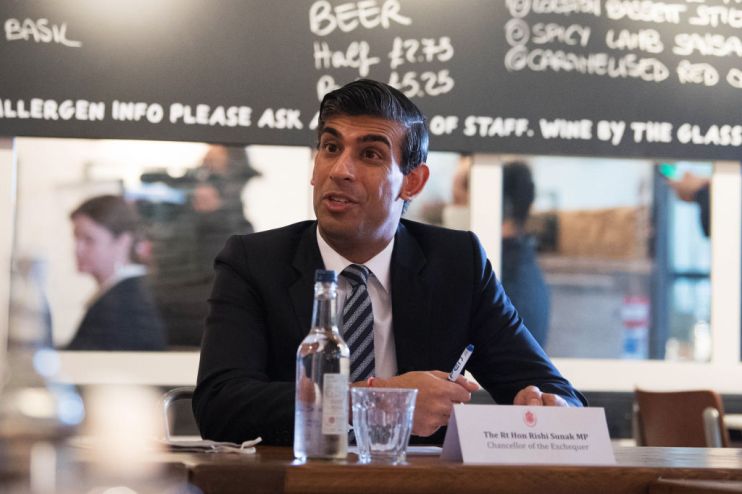Too harsh or too generous? Rishi Sunak walks the job support tightrope

Last Thursday, the chancellor gave his third economic statement in a month — U-turning on plans to replace the furlough scheme with a far less generous new Job Support Scheme (JSS) at the end of October.
Instead, the JSS will now offer a level of government support almost as generous as that provided by the furlough scheme.
The increase in generosity will keep many of the two to three million people who are still on the furlough scheme in work — about half of whom work in sectors like hospitality which are badly affected by public health restrictions.
But the new design means the scheme will also support some jobs that have no long-term future, even once the coronavirus restrictions have been lifted.
In September, when the JSS was first announced, Rishi Sunak warned he could not save every job, and would instead try to save the “viable” ones.
Consequently, JSS was to be much less generous than the old furlough scheme: employees would have to work at least one third of their usual hours, and employers would also need to pay a third of salary for the hours not worked.
Read more: The IfG looks at the JSS scheme
Now, the JSS is very similar to the furlough scheme it replaces. Employers can pay as little as 24 per cent of wages in total, similar to the October furlough scheme (20 per cent) and much lower than the old JSS (55 per cent).
The chancellor’s change of heart came in the face of widespread criticism that the original JSS design was not generous enough for badly affected sectors like hospitality and the arts, especially as new tiered restrictions were announced that affected these businesses even more — particularly in places like Liverpool and Manchester that were put into tier three.
Almost 1.5 million employees still using the furlough scheme are in four badly affected industries: hospitality, the arts, administrative support and aviation. The original JSS design would have consigned many people in those sectors to unemployment, even though their jobs are only under threat because of the ongoing pandemic-related restrictions.
But the chancellor’s original approach did have some logic to it.
Sadly, some of the jobs currently supported by the furlough scheme may not have a long-term future — namely, those in sectors that are no longer substantially affected by the public health restrictions, but that are under pressure for other reasons. It is a waste of taxpayer money to prop up those jobs: the purpose of the furlough scheme was to retain links between employers and employees through temporary hardship, not to fund employees’ wages indefinitely if their jobs will not return.
The chancellor’s U-turn will save many of the viable jobs in the worst affected sectors. But it may also prop up over a million jobs in sectors that are not so badly affected, such as retail. In those sectors, businesses are recovered or recovering — but a minority of employees have not been brought back. It seems likely that many of these jobs do not have a long-term future. And yet the new scheme will spend taxpayer money keeping them going.
Sunak’s initial JSS design was too harsh for the worst-affected sectors. But his new scheme is arguably too generous for others.
The difficulty facing the Treasury is that Covid-19 has hit sectors very differently, so the policy response should be sectoral too. Other parts of the economic package have offered different levels of support to different sectors (with specific and targeted grants and loans) but so far the chancellor seems unwilling or unable to do this for wage subsidies. This has left him stuck between the risk of offering too little support for viable jobs on the one hand, and wasting taxpayer money propping up unviable ones on the other.
A generous furlough scheme for badly affected sectors and a tougher scheme that requires more from employers elsewhere would get the best value for taxpayer money, while saving jobs with a long-term future too.
Main image credit: Getty